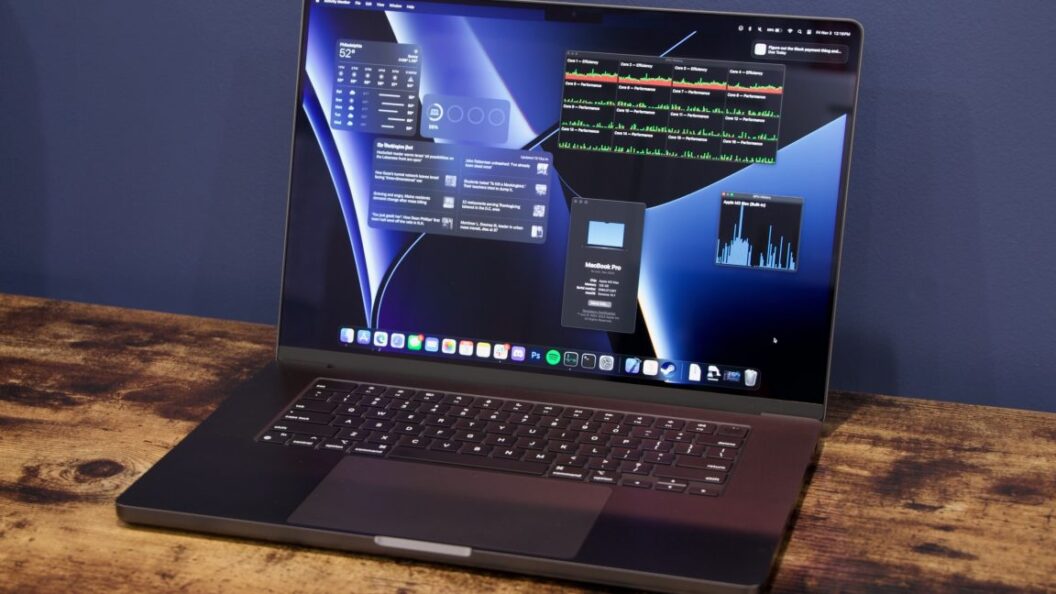Apple Explores Touchscreen MacBooks: A Shift Toward Hybrid Devices
In the ever-evolving landscape of technology, Apple has maintained a clear stance against touchscreen Macs for years. However, the persistent rumors surrounding this idea have resurfaced, reigniting discussions about the future direction of Apple’s Mac product line. Recently, noted supply chain analyst Ming Chi-Kuo revealed insights that suggest Apple is considering touchscreen MacBook Pros, with mass production anticipated by late 2026.
Key Insights from the Analyst
According to Kuo, the forthcoming MacBook Pros will not only feature touchscreen capabilities but will also transition to OLED display panels, replacing the existing Mini LED screens. This shift indicates a technological upgrade that aligns with Apple’s trend of enhancing display quality across its product lines. Kuo attributes this renewed interest in touchscreen Macs to Apple’s “long-term observation of iPad user behavior,” suggesting that the company is increasingly recognizing the value of touch input alongside traditional keyboard and mouse methods.
The Blurred Lines Between iPads and MacBooks
This potential shift toward a hybrid touch interface fits within a broader context. In recent years, Apple has introduced various accessories for its iPads, such as keyboards and touchpads, and the rollout of iPadOS 26 has blurred the lines between iPad and Mac functionalities. By merging the best aspects of both worlds, Apple may be aiming to create a seamless user experience that reflects the evolving preferences of tech users.
Historical Context: The Rise of Touchscreens
The incorporation of touchscreens in personal computers gained traction after the release of Windows 8 in 2012, a response to Apple’s introduction of the iPad. Although the user interface of Windows 8 proved to be controversial and ultimately unpopular with traditional users, touchscreen devices—including Microsoft’s Surface lineup—have endured. This historical precedent reflects a growing acceptance of diverse input methods across various platforms.
A Complicated Outlook
Despite the insights from credible sources like Kuo, the notion of touchscreen Macs remains contentious. Apple’s executives have previously expressed skepticism about whether touchscreens complement the Mac user experience, a divergence in philosophy that has persisted for years. The challenge lies in balancing the functionality of a touchscreen with the expectations of users accustomed to traditional computing methods.
Conclusion: The Significance of Touchscreen Macs
The possible introduction of touchscreen MacBook Pros marks a significant moment in Apple’s ongoing evolution. If executed well, this move could enhance user interaction and redefine what it means to operate a Mac. However, it also risks alienating long-time users who prefer the traditional setup. As the lines continue to blur between tablets and laptops, Apple’s decisions will likely shape the future landscape of personal computing, possibly ushering in a new era of devices that cater to diverse user needs. The potential impact on consumer habits and expectations may prove extensive, as Apple navigates this complex terrain.









